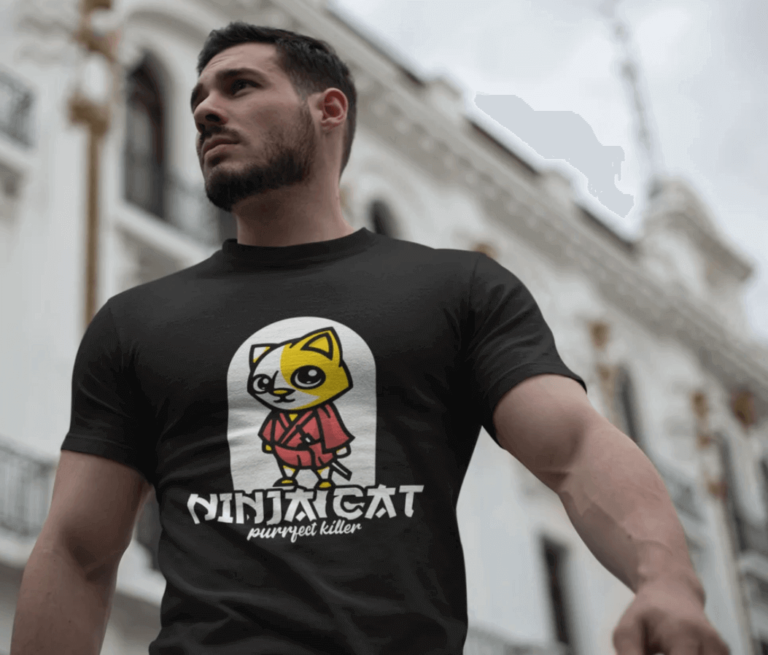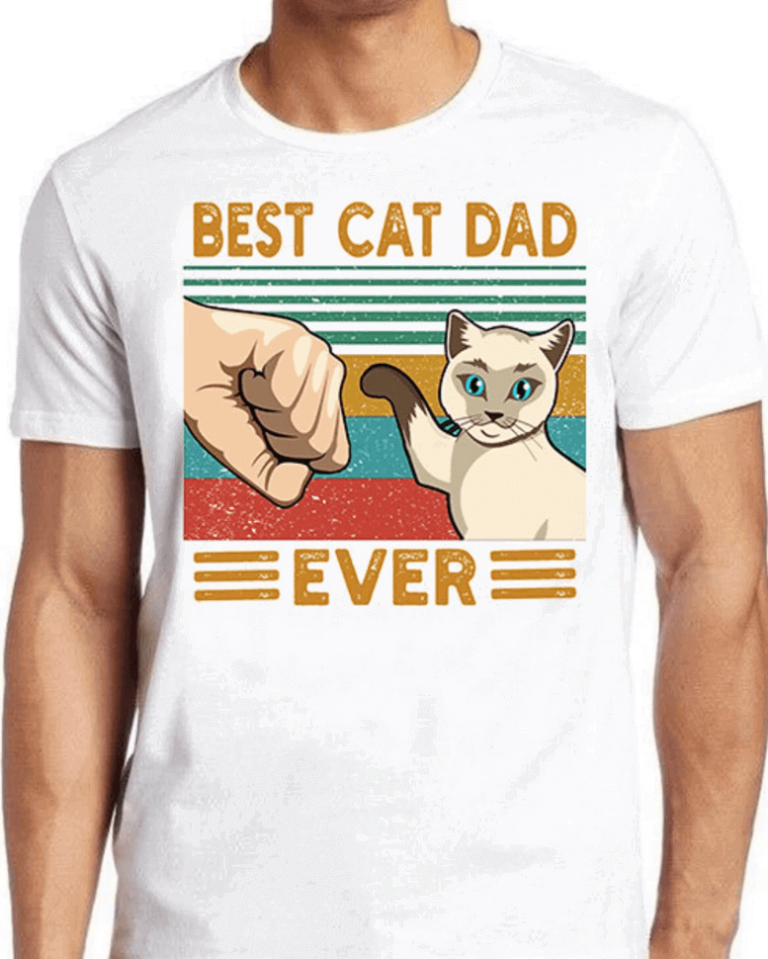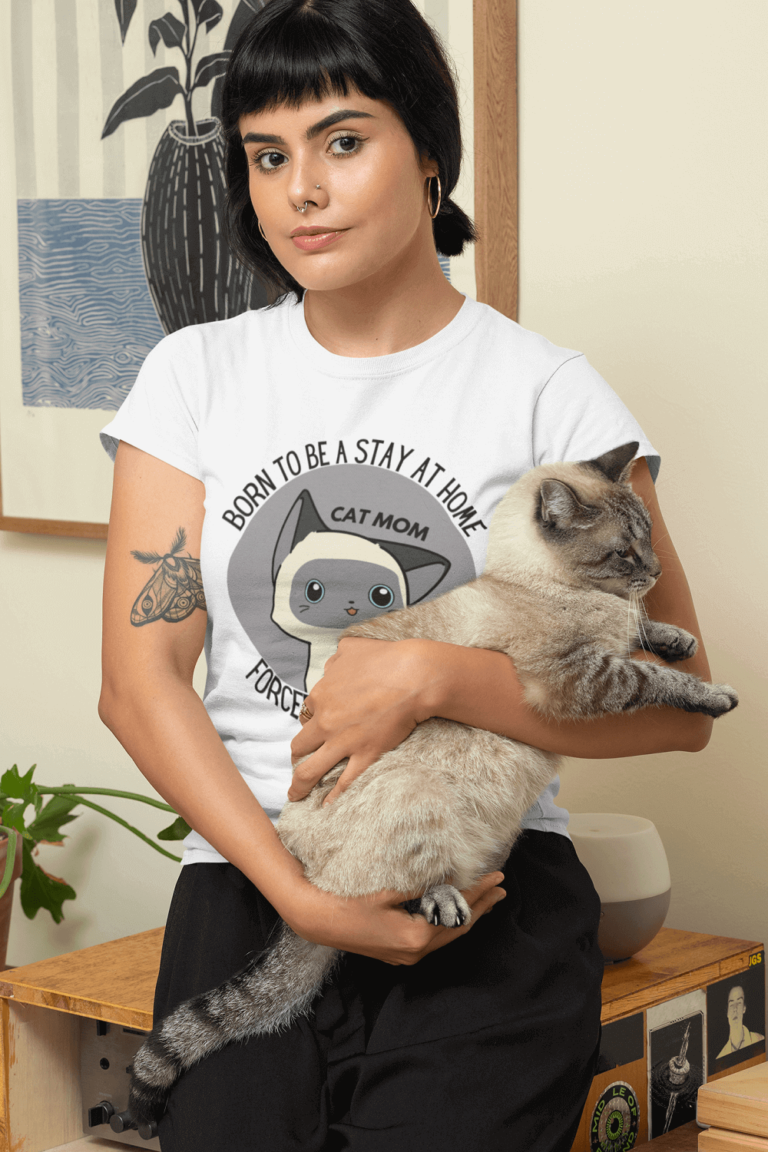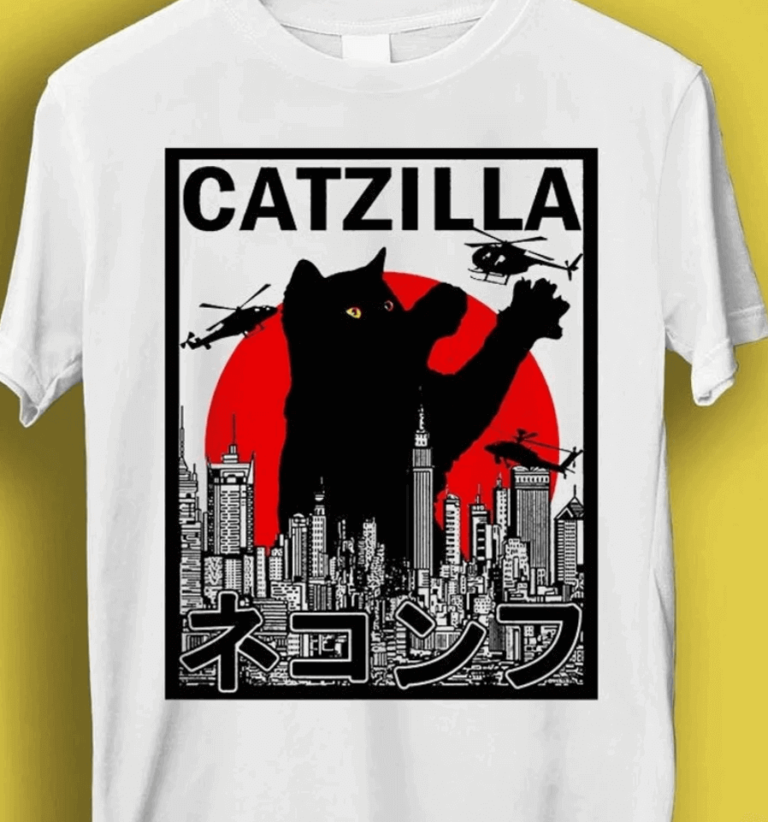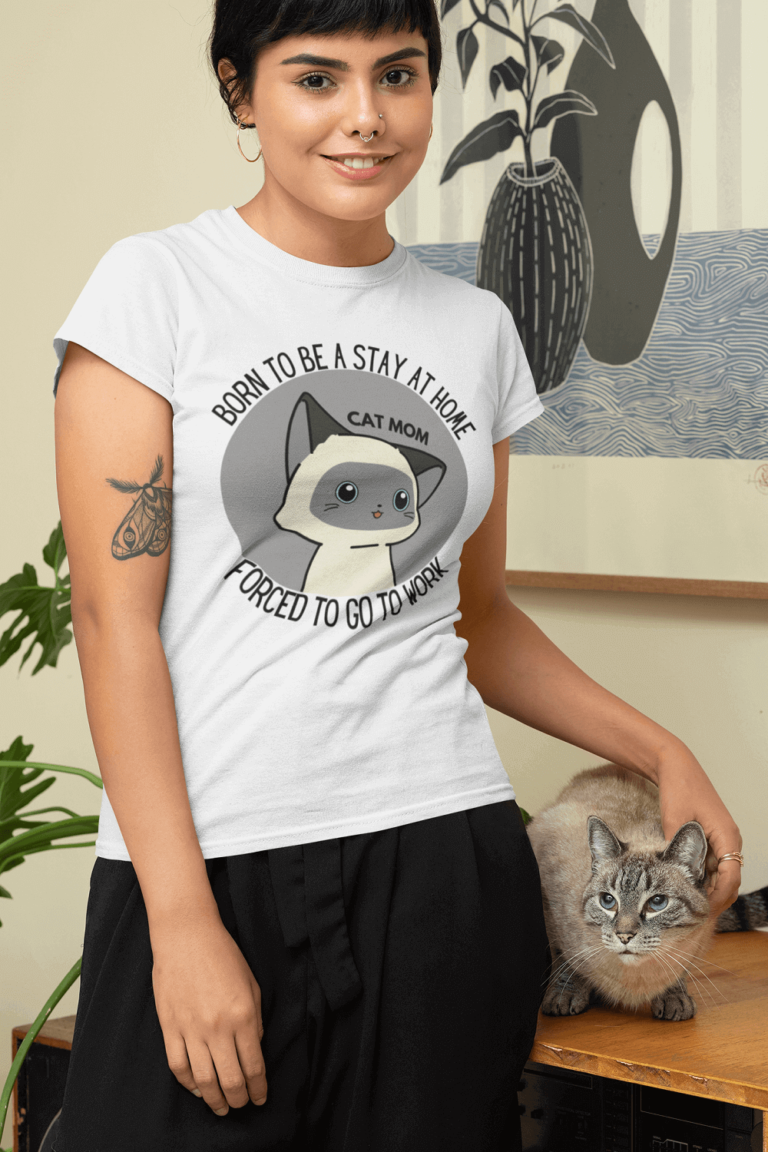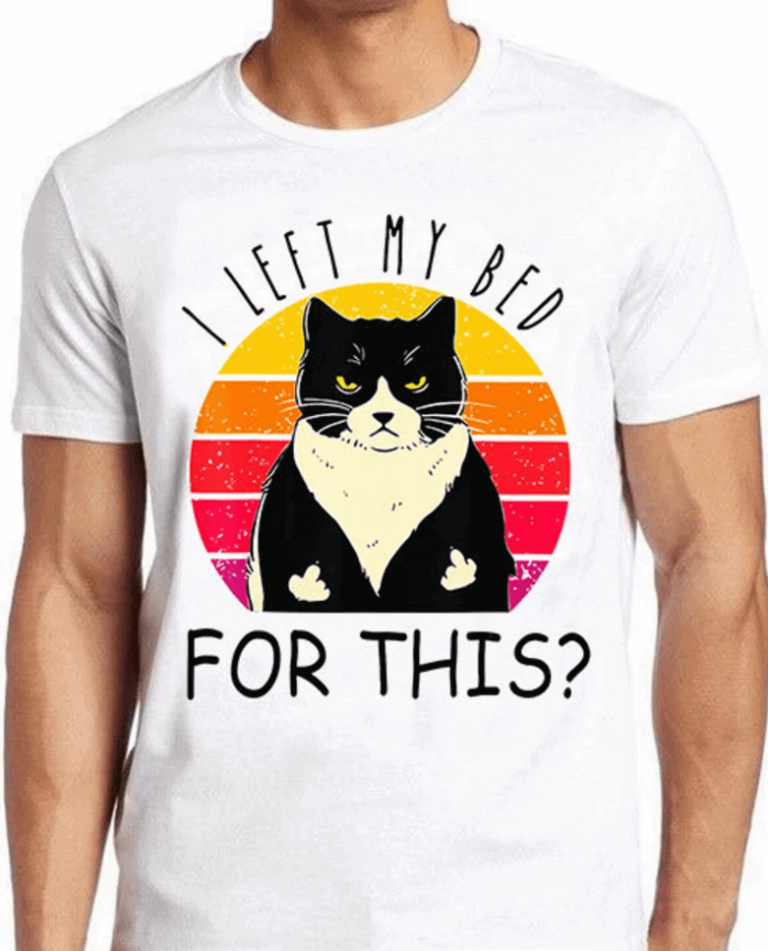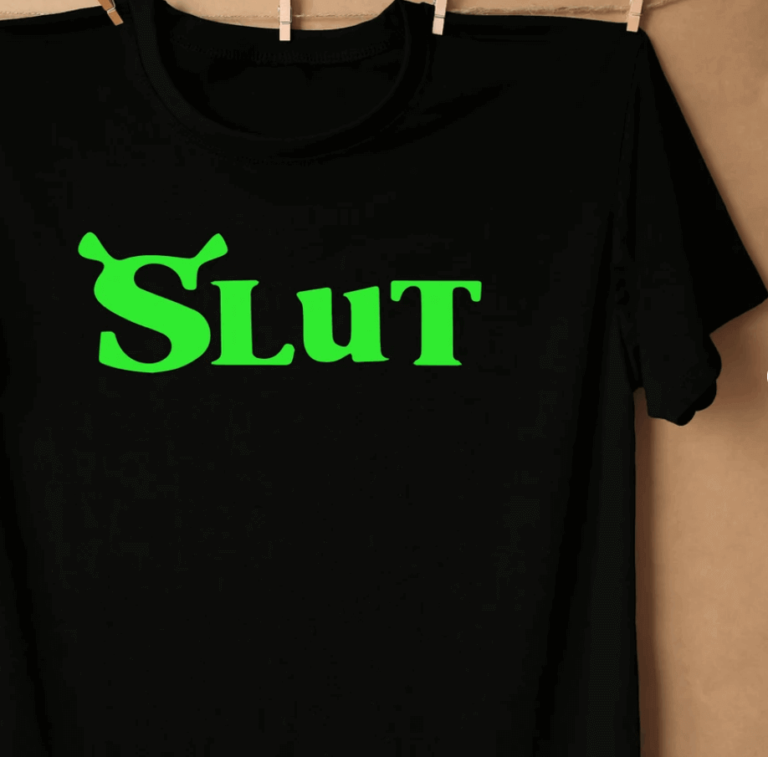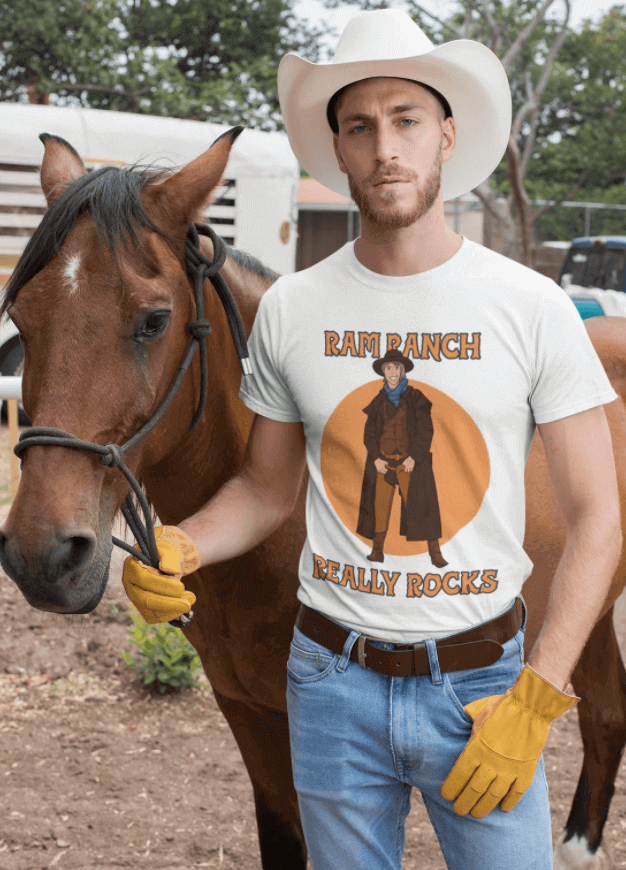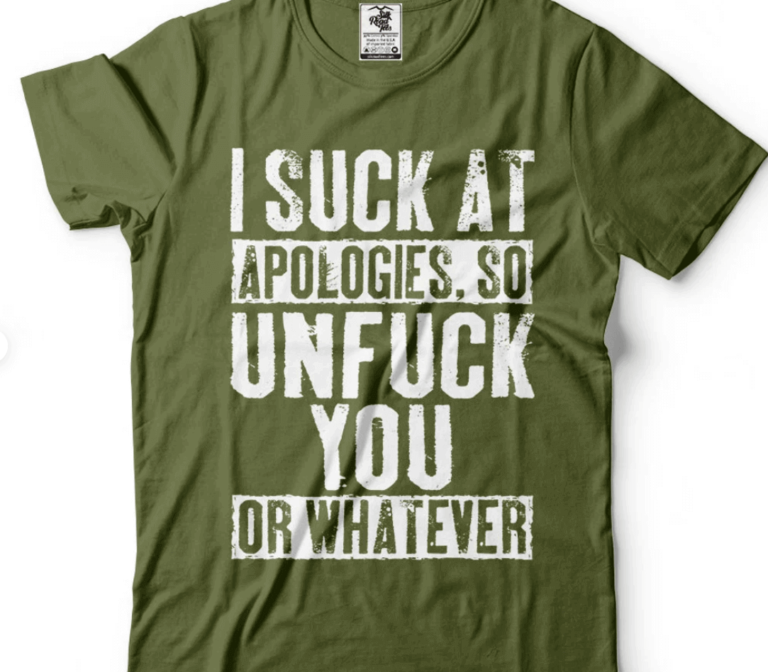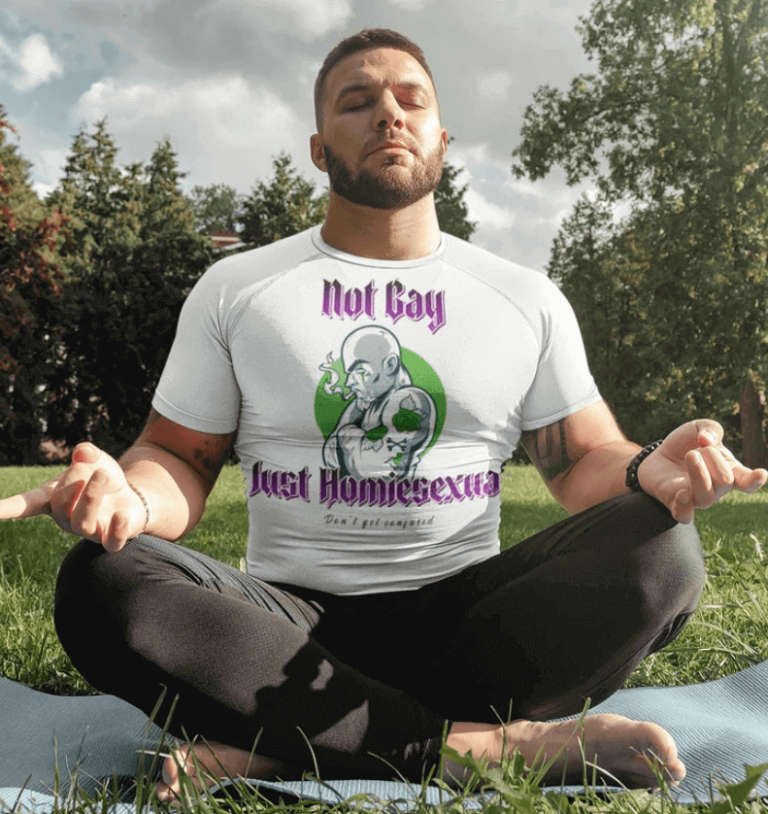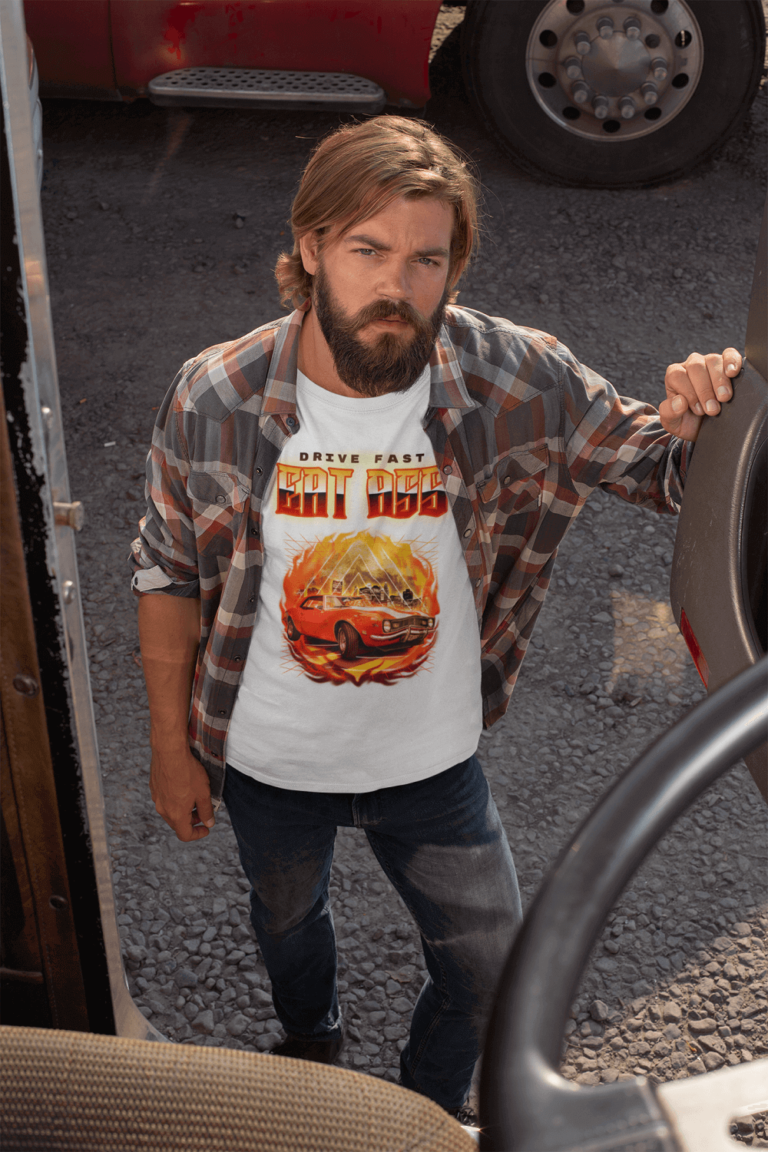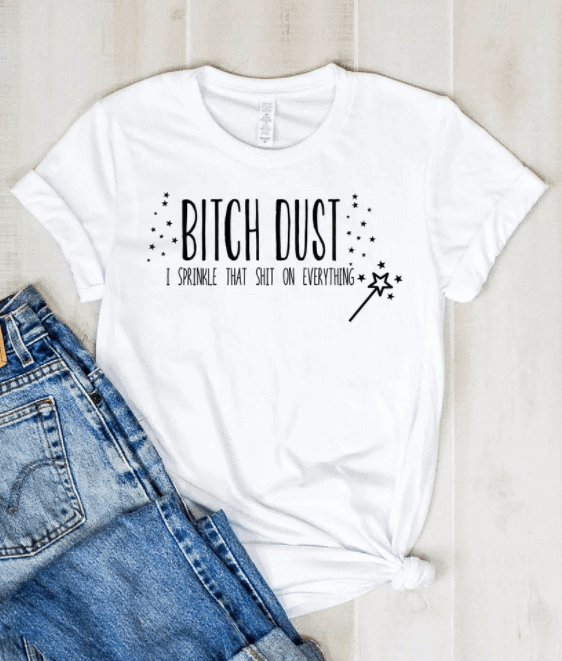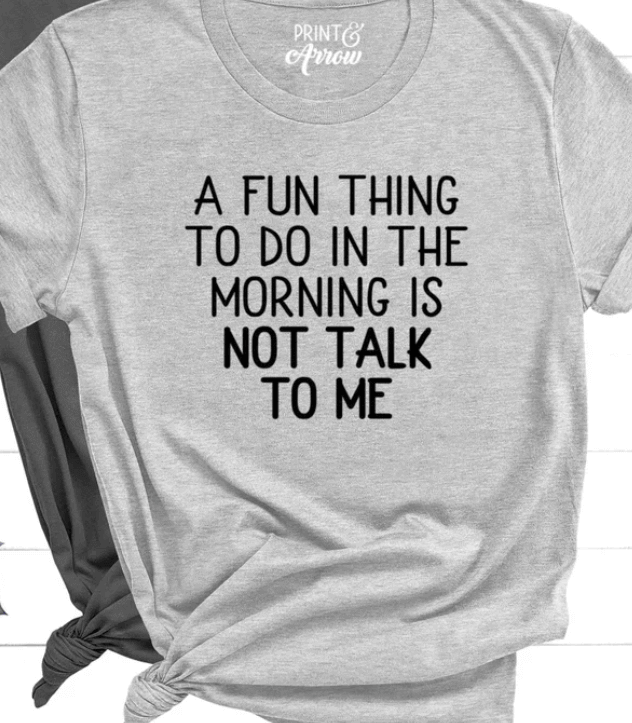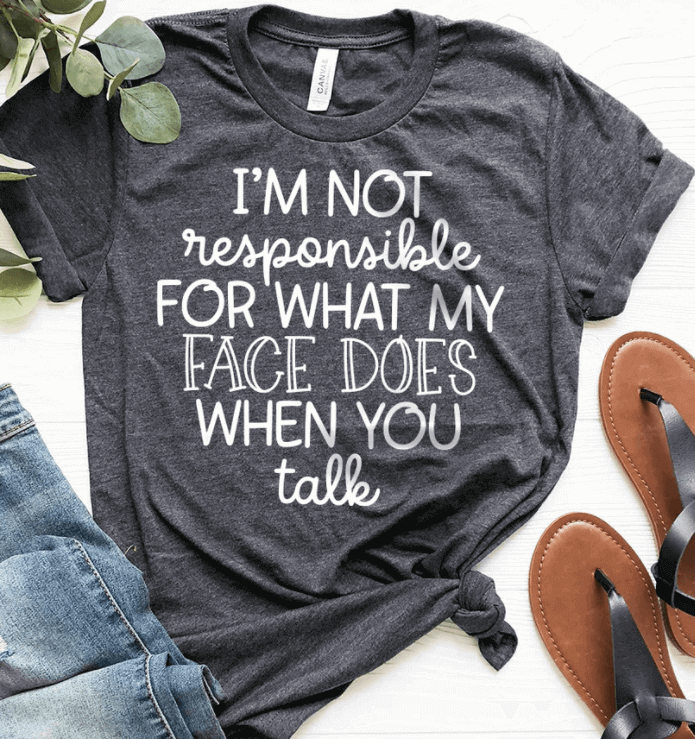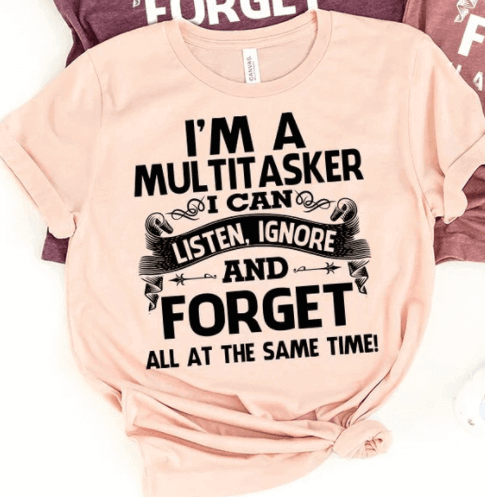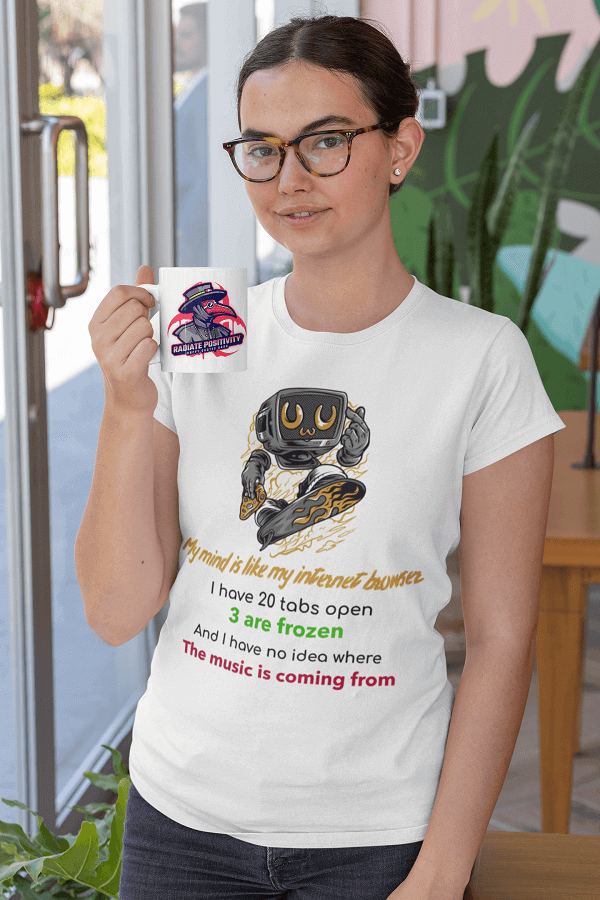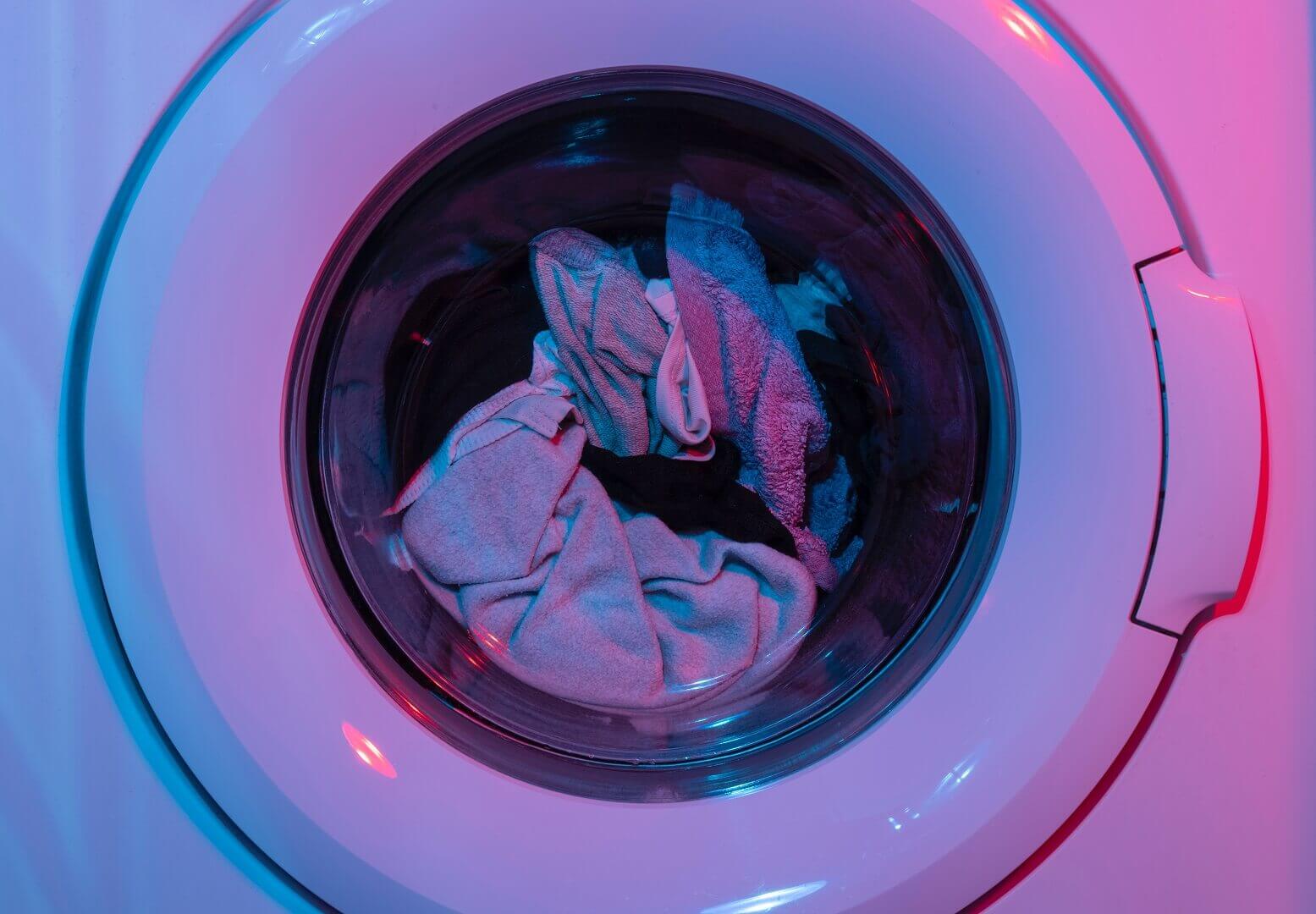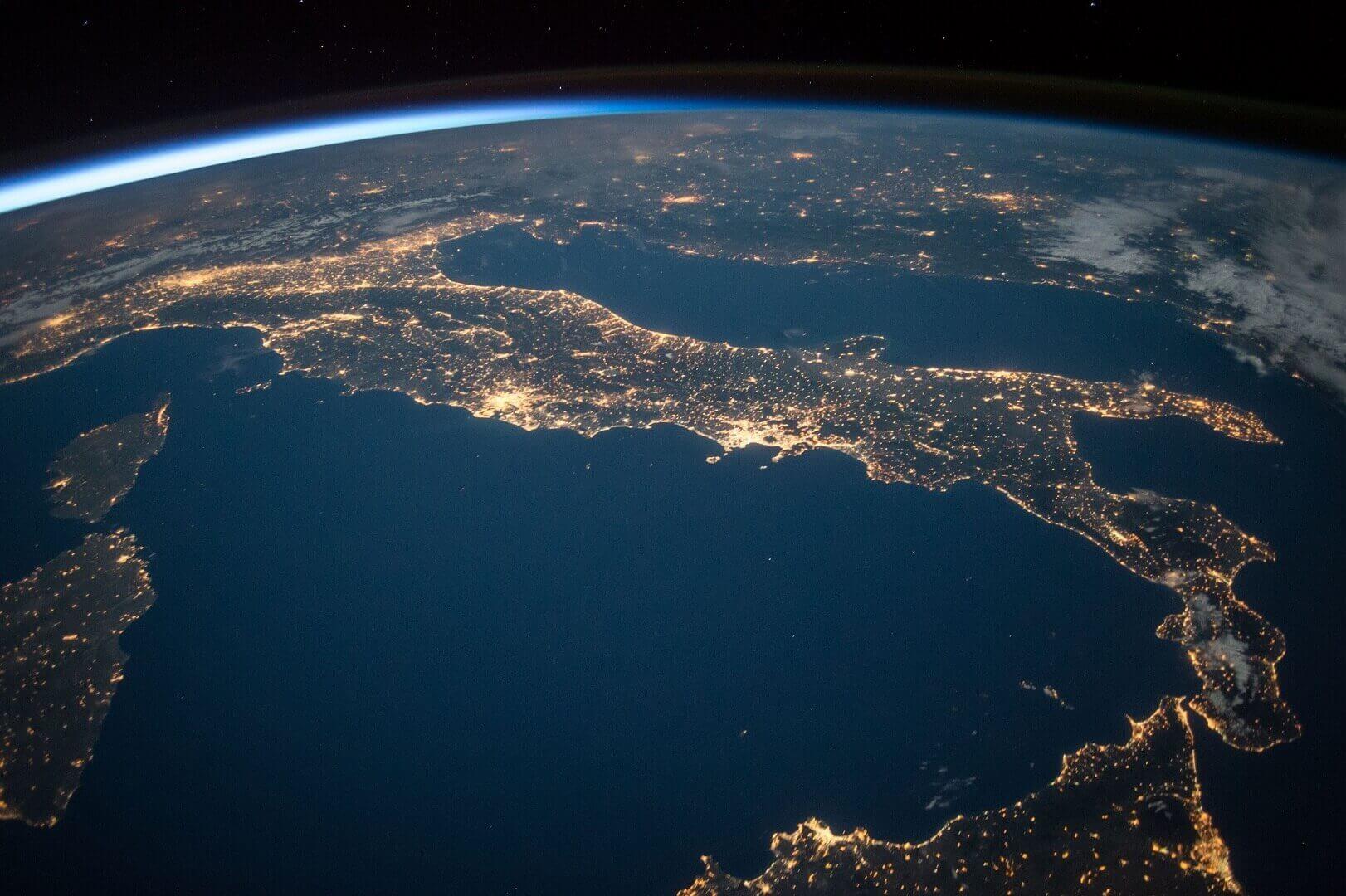are hoodies unisex?
when are hoodies invented?
Garments that resemble hoodies can be traced back to a lot of centuries ago, however, the hoodies that we know now, the „hooded sweatshirts” were created much later.
The hooded pullover or hooded sweatshirt originated in 1930 made for workers doing their job in New York’s cold warehouses. The first ones to create this hooded sweatshirt was Champion.
who wears hoodies?
Hoodies became very popular among young people, especially young rebellious men. That is because the hip-hop culture was using them as a symbol, and young rebellious teens were all wearing hoodies, which subliminally made us relate hoodies to bad boys, rebellious teens, adventurous young people… Hoodies symbolize youthfulness.
This has changed however, the comfortable nature of hoodies has skyrocketed their popularity and now we can see people of all ages and socioeconomic backgrounds wearing these garments, breaking the stereotype of the grumpy edgy teenager that wears hoodies all the time.
In conclusion, hoodies have become a vital part of our closet, they have solved a millennial problem with regular sweatshirts, they have brought too much comfort into our lives… We cannot live without them.

are hoodies unisex?
There are men’s hoodies and women’s hoodies out there, but the difference isn’t as big as you may think at first. Men’s hoodies are designed to be larger in general and wider, to fit the stereotypical male body. The same is for women’s hoodies, which are designed to be a little more fitted and smaller.
But, despite this, you will be fine buying a men’s hoodie as a female or a women’s hoodie as a male, as one person said on the internet „If a woman buys a men’s hoodie, it is no longer a men’s hoodie because it now belongs to a woman”.
However, there are also unisex hoodies out there, which we sell in our store, and the vast majority of people prefer these over men’s or women’s hoodies. They are preferred by most athletes and customers in general. So, at the end of the day, all that it matters is that it fits you, and hoodies fit everyone, that is why they are so popular. Therefore, yes, hoodies are indeed very unisex.
are hoodies attractive?
Beauty is subjective, beauty is in the eyes of the beholder; we all know this, however, we can determine what is widely considered beautiful or attractive and what it’s not.
Having said this, are hoodies attractive? Let’s focus first on men and then on women. For many people, men wearing hoodies are very attractive, the main reason being that hoodies make them look relaxed, cool, casual, and confident. But the hoodie can make a man look bad if it’s oversized, as we said earlier, it depends on every person, there are heartless people out there hating on hoodies too.
It’s very similar for women too, most people consider women who wear hoodies attractive because it makes them look casual, comfortable with themselves, cute… In this case, a larger hoodie makes a woman look petite and smaller than she actually is. Again, there are people that don’t like this, but generally, it is considered attractive.

summary
We hope you have learned a lot today, We’re thrilled to teach people around the world :). By the way, do you know about fast fashion and its terrible consequences for the environment, the people, and the economy? Do you know what Slow Fashion or the Sustainable Fashion movement is? You have to read these articles about this unknown but urgent subject, click here to read „Can Fashion Ever Be Sustainable?”, knowledge is power, ignorance is doom.
We also have a big surprise just for you! We have prepared a carefully dedicated About Us page where we will tell you who we are, what we do, our mission, our team, and many more! Do not miss out on this opportunity and click here to check it out. Also, you can visit our Pinterest, where we will pin sustainable fashion-related content and clothing designs that you will surely love.
Spread the message:
- Click to share on Pinterest (Opens in new window) Pinterest
- Click to share on X (Opens in new window) X
- Click to share on Facebook (Opens in new window) Facebook
- Click to share on WhatsApp (Opens in new window) WhatsApp
- Click to share on Reddit (Opens in new window) Reddit
- Click to share on Telegram (Opens in new window) Telegram
- Click to share on LinkedIn (Opens in new window) LinkedIn
- More






